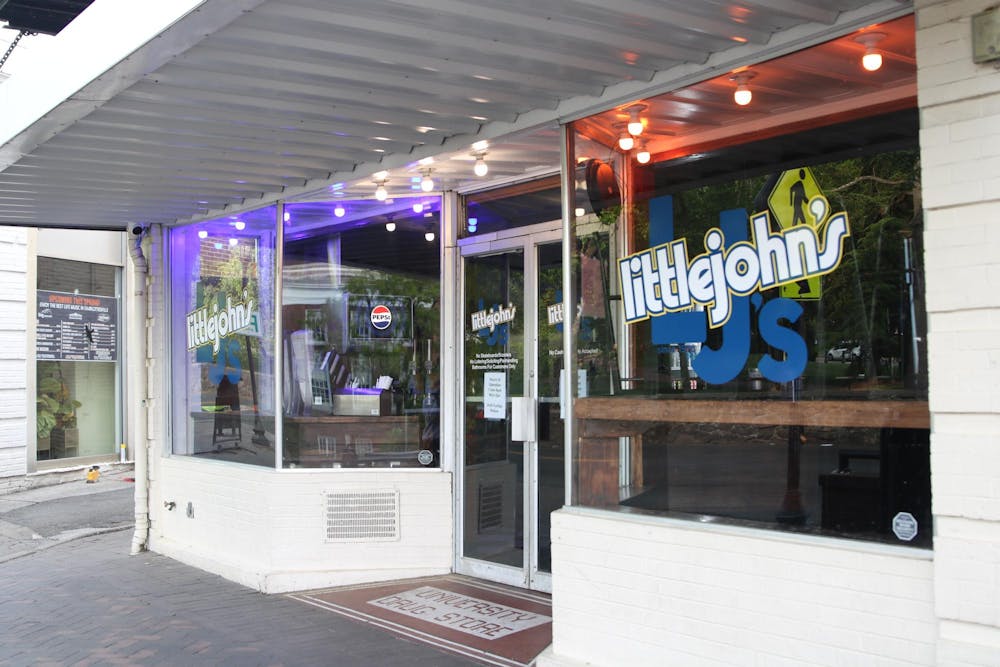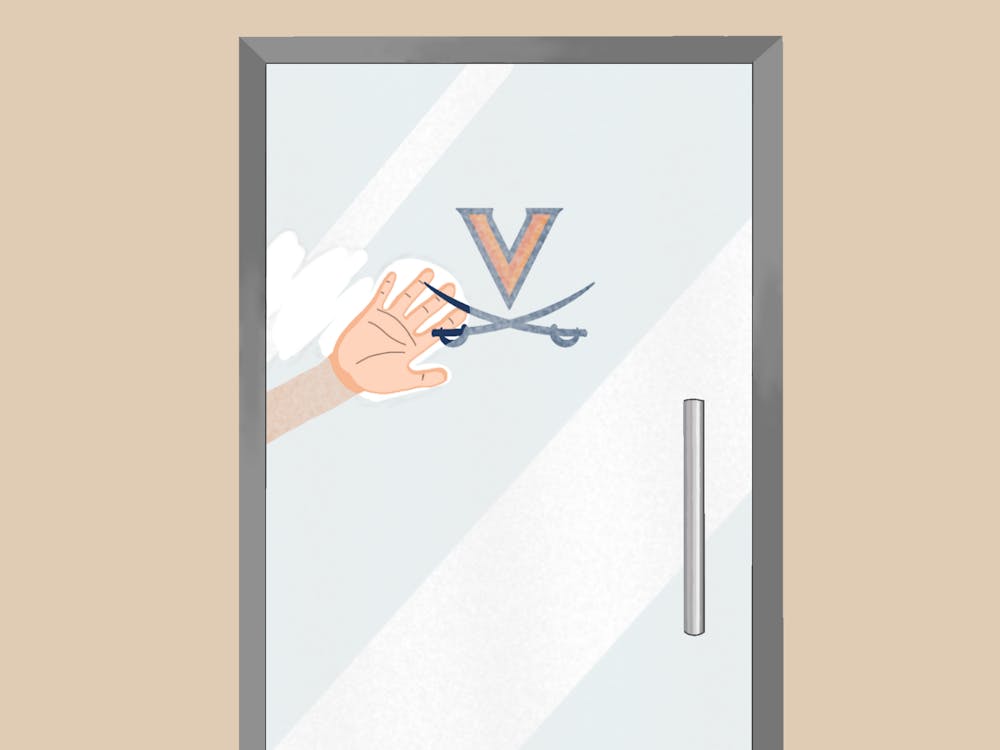According to legend, Robin Hood masqueraded around the forests of England with his trusty sidekick Little John with the mantra “steal from the rich, give to the poor.” While this story may or may not contribute to the namesake of prominent Corner restaurant “LittleJohn's,” this business — newly closed — was a remarkable departure from the Robin Hood ideology. The restaurant’s high prices made the sandwiches affordable for only the students with particularly deep pockets, or stomachs. However, this story of overpriced food is present all along the Corner in businesses like “Thyme and Co.” and “Roots.” For years, this was a successful business strategy. Until now — LittleJohn's closed this May, marking a potential shift in the economics of the Corner away from high, luxury pricing. Other businesses should heed the warning.
LittleJohn's on the Corner has a storied history. Decades ago, it was a local favorite of students and community members alike. Despite this, the restaurant shut down in 2020 due to rising rent costs and economic instability brought by the COVID-19 pandemic. Distraught by this news, a former student worked to reopen the community favorite with the help of two business partners, and their dream came true. LittleJohn's reopened its doors April 2024, but the hometown deli had changed.
Facing similar economic pressures that caused its initial downfall, LittleJohn's had a tough decision to make regarding its business model — go for a hometown feel or a more refined atmosphere. Starting a restaurant is expensive work, particularly when dealing with Corner real-estate. Businesses cannot simply come into the economic sphere and expect such high demand that prices need not also be high. When LittleJohn's opened, the demand was not immediately present, and so prices remained high. Sandwiches breaking $15 were not uncommon. Regardless of these pricing realities, LittleJohn's leaned on its small-town history and theme while simultaneously, and contradictorily, charging elitist prices. In this, it failed to truly define itself and attract customers.
While LittleJohn's may have failed because customers expected one thing and paid another, the reality is that high prices were the ultimate driver behind low sales and thus the eventual closing. LittleJohn's attempted to attract consumers from the upper financial echelons of consumers, paying little regard to students who would rather not pay an arm and a leg for an average sandwich. This is a form of price discrimination known as menu price discrimination — theoretically splitting consumers into two groups, high and low willingness to pay.
In this case, the two groups could be defined as wealthy students and fiscally-bound students, or even students and community members. LittleJohn's choice to price the fiscally-bound group out of the market may be a successful strategy if the high group has many consumers — why luxury restaurants and clothing stores tend to congregate near wealthy parts of cities. But this strategy failed. While the University at times may seem to be a hotbed of wealthy students who can afford to toss $20 away on a sandwich, this closing demonstrates that ignoring fiscally responsible students is a recipe for disaster.
Other Corner restaurants must learn this lesson if they hope to continue operations long into the future. A steak sandwich at LittleJohn's costed $20. An average Roots bowl costs about $14. Thyme and Co. items often push $13. Many of the student favorites seem to be barreling down the same path as LittleJohn's, charging high prices to students who cannot regularly afford them.
However, changing course does have some potential downsides. Maybe the pricing and demand is not the true decider of business success, though historical trends of Corner business suggest that they are. Many a trendy new spot has quickly opened and quickly failed due to high prices. Another side effect might be the hole left by expensive restaurants being filled by commercial chains — see “Raising Canes.” Seeing the Corner devolve into big businesses is not ideal either.
In order to prevent such commercialization, the lesson these old-guard, expensive Corner restaurants should learn is providing variety. Take Take It Away, for example. One can order a $13 sandwich, but a combination of fewer ingredients can bring the price down to an affordable $7. Look at Bodo’s Bagels, where one can indulge on a $6 egg sandwich, or watch the wallet and waist grow with a $3 cream cheese bagel. These are institutions of the University culture, and they remain so because they match the price points of most students and community members.
Lowering the price of all menu items is not a sustainable solution. Nevertheless, variety offers the potential for a wider consumer base and a more sizable presence in the community. The University is home to a wide spectrum of financial situations, and having community institutions meet the student population where they’re at is crucial for long-term business health.
LittleJohn's refused to meet the student population where it is at, and it shut down because of this. With a new class of students arriving in August, Corner restaurants will face another test of their price discrimination and thus need to learn LittleJohn’s lesson quickly. If one giant cartoon bear, Baloo, can teach us about living life simply, a different cartoon bear, Little John, can teach the rest of the Corner about understanding consumer preferences.
Paul Kurtzweil is an opinion columnist who writes about economics, business and housing for The Cavalier Daily. He can be reached at opinion@cavalierdaily.com.
The opinions expressed in this column are not necessarily those of The Cavalier Daily. Columns represent the views of the authors alone.







